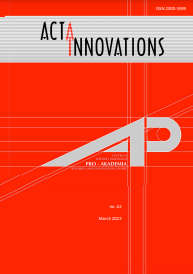MECHANICAL PROPERTIES EVALUATION OF BANANA FIBRE REINFORCED POLYMER COMPOSITES: A REVIEW
MECHANICAL PROPERTIES EVALUATION OF BANANA FIBRE REINFORCED POLYMER COMPOSITES: A REVIEW
Author(s): Surya P. Gairola, Yogesh Tyagi, Nitin GuptaSubject(s): Economy, Business Economy / Management, Energy and Environmental Studies, Evaluation research
Published by: Centrum Badań i Innowacji Pro-Akademia
Keywords: banana fiber; epoxy; mechanical testing; composite material; natural fiber;
Summary/Abstract: In today's fast-developing world, the use of composite materials is closely related to environmental pollution, renewable and biodegradable resources. A researcher is looking for environmentally friendly materials. Natural and synthetic fibres come in a wide range of shapes and sizes. Natural fibres include jute, straw wheat, rice husk banana fibre, pineapple leaf fibre, cotton, Sisal, Coir, Oats, and Bagasse. Every year, 13.5 tonnes of banana fibre are produced in India. Teabags, paper, and polymer composite reinforcement are just a few of the applications for banana fibre. This article focuses on the manufacture of banana fibre with epoxy and a variety of other natural fibres. By combining banana fibre with some current technology, waste will be reduced, and energy efficiency will be increased, all while supporting sustainability. Banana fibres are covered in this work, along with their uses, applications, and mechanical qualities, as well as how banana fibre might improve mechanical properties.
Journal: Acta Innovations
- Issue Year: 2022
- Issue No: 42
- Page Range: 59-70
- Page Count: 12
- Language: English

